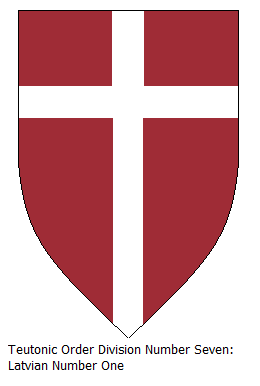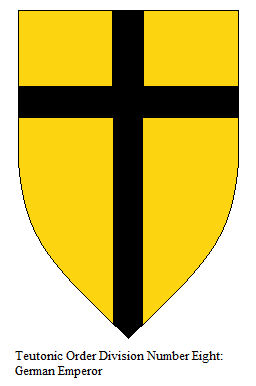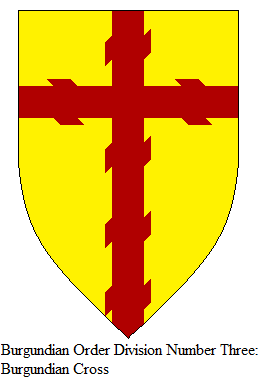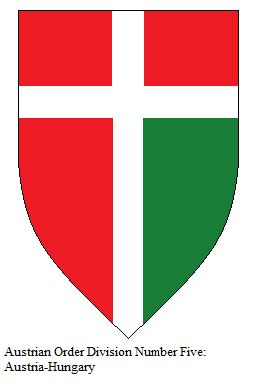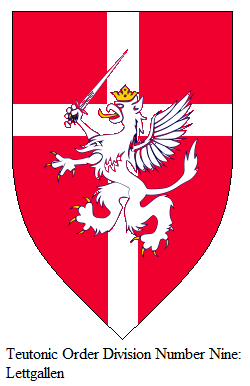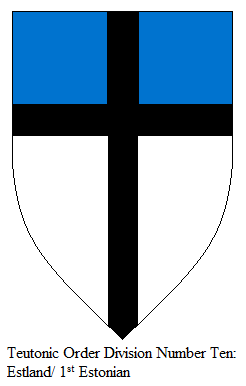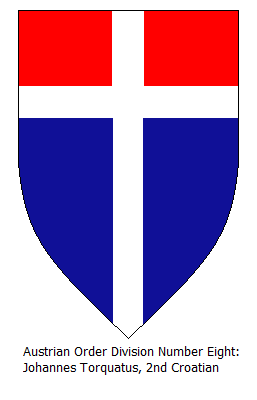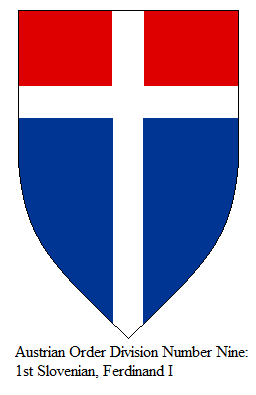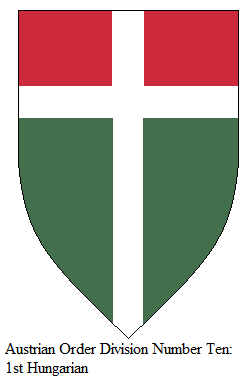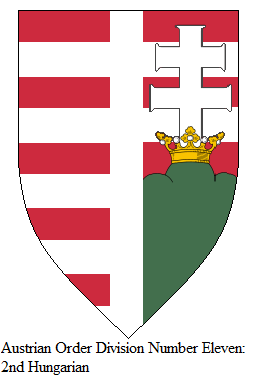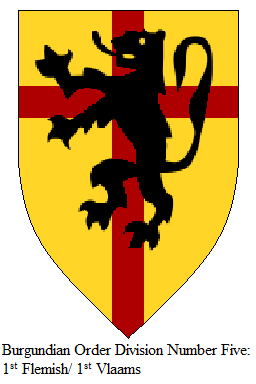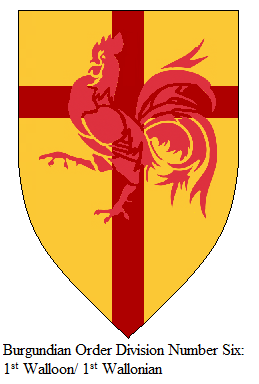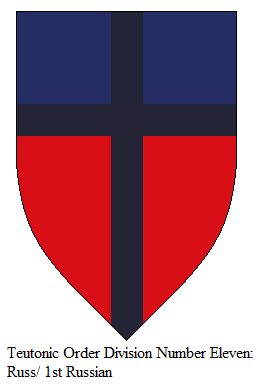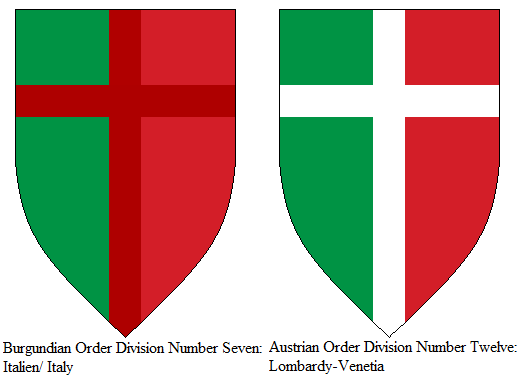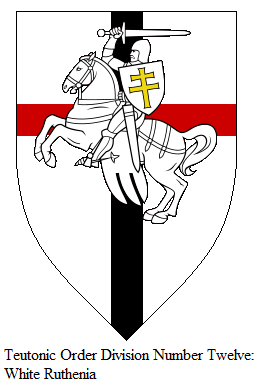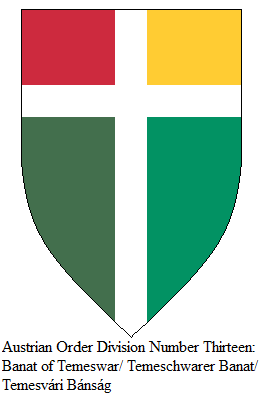Chapter 838: Austrian Order Division Number Four
Chapter 838: Austrian Order Division Number Four
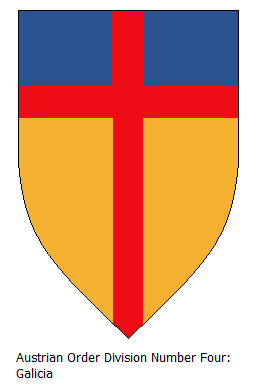
The Austrian Order Division Number Four: Galicia (Galizien) was named after the former Kingdom of Galicia and Lodomeria, named after Galicia a Latinized form of Halych, a principality of the medieval Ruthenia and Lodomeria, a Latinized form of Volodymyr-Volynskyi. It was created as a Grenadier Division of the Austrian Order and made up mainly from Ukrainians in Galicia. These Volunteers of ethnic Ukrainian background had hoped to become part of the Ukrainian Kingdom as a vassal and puppet state of Austria Hungary, but were mainly used by the Austrians first to cleans the once major southern Polish Industrial region of remaining Polish settlers, to crush all remaining ambitions and claims of the Polish Kingdom to the area. At the same time the Ukrainian majority itself was seen as a problem by the Austrians as well, especially if the Axis Central Powers were to create a depending Ukrainian puppet Kingdom liberated from the Soviet Union Ukrainian Socialist Soviet Republic (SSR). Ukrainian democrats and nationalists alike however supported the Axis Central Powers backed Organization of Ukrainian Nationalists (OUN, or Ukrainian: Організація Українських Націоналістів; ОУН, Orhanizatsiya Ukrayins'kykh Natsionalistiv) and used anti-Polish propaganda from the Polish–Ukrainian War. This was in parts also because the Polish Kingdom had become a more German Imperial depending puppet and vassal, instead of an Austrian one, as the Austrian Emprie had hoped in the Beginning. Because of that the Galician Division was soon expanded with Czechs and Slovaks alike, ethnic groups opposing Polish as well as Imperial German ambitions and claims to their land, making the Galizien Division a bulwark of the northern Austrian Imperial Border Region and the Border itself. It participated in the Eastern Crusade against the Soviet Union and it’s Red Army, fighting alongside the Baltic Teutonic Order and the Ukrainian Gothic Order alike, were they would support elements of the Ruthenian Kingdom (White Ruthenian) and Independence Movement, as well as the Ukrainian Kingdom and Independence Movement, supported massively by Andriy Melnyk and Stepan Bandera alike.
The Galician territory itself served as another major field of operation beside partisan fighting at the Eastern Front against the Soviet Union and local nationalist, socialist or communist partisans. In Galicia the majorly Czech and Slovak elements of the Austrian order Division Galizien were used to suppress national Ukrainian ambitions to integrate the region into a Greater Ukraine and spread pan-Ukrainian ideals of irredentism. Some of the ethnic Ukrainian members of the division would aid the newly liberated and independent Axis Central Powers member of the Ukrainian Kingdom and it’s new political government supported and pursued the idea of a own Ukrainian police and armed force, many of which would come from ethnic Ukrainian as well as Crimean Tartars (Krimtartaren) in opposition of the Soviet Union, it’s Red Army as well as Russian settlers in Ukrainia. While assisting the Austrian Empire and the United States of Austria to resettle Galician Ukrainians to the Ukraine, the Division would also help free land and homes for them, by resettling (often not so volunterly) Russians from the Northern and Eastern Ukrainian Kingdom lands further east into the newly liberated regions of the Russian Empire. Because of this the Austrians themselves, especially Germans and Hungarians made a clear distinction between western Slavs civilized by the Austrian Empire and the Holy Roman Empire, that had become Catholic, like Czechs, Slovaks and Poles, towards eastern Slavs that had remained Orthodox, or recently Atheist under Communism, thereby proving they were less civilized then the Western Counterparts, at least in the eyes of the Central European Axis Central Powers, as well as their Western European allies, who viewed Southern Europe, Southeastern Europe and Eastern Europe as not only less industrialized and advanced, but less civilized overall, which was partly why the Axis Central Powers of the German Empire and the Austrian Empire saw themselves on a mission to bring Catholic and Protestant Cristian Values back to these regions to free them from Atheist Soviet and Orthodox Russian and Pan-Slavic influence alike.
